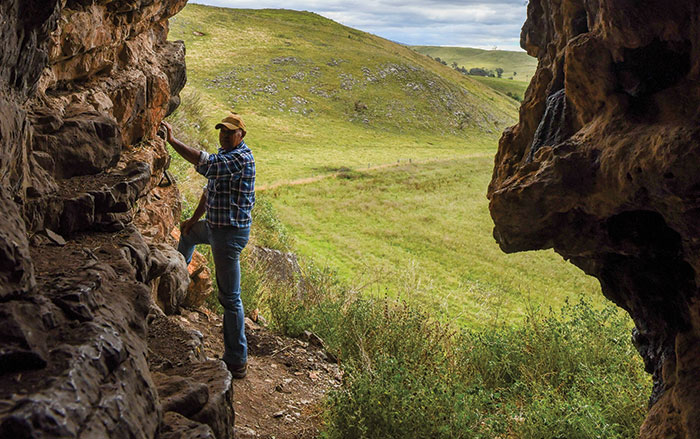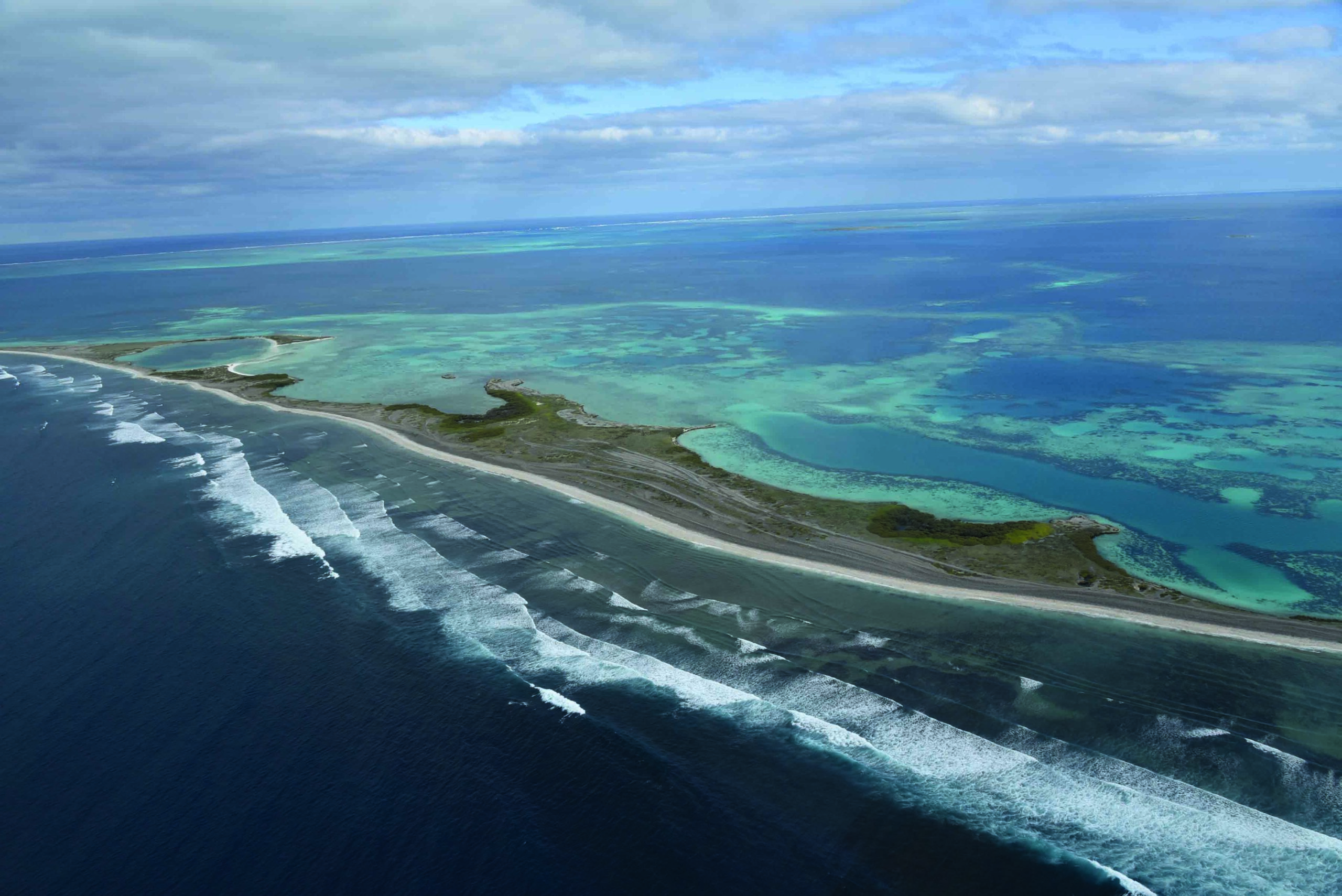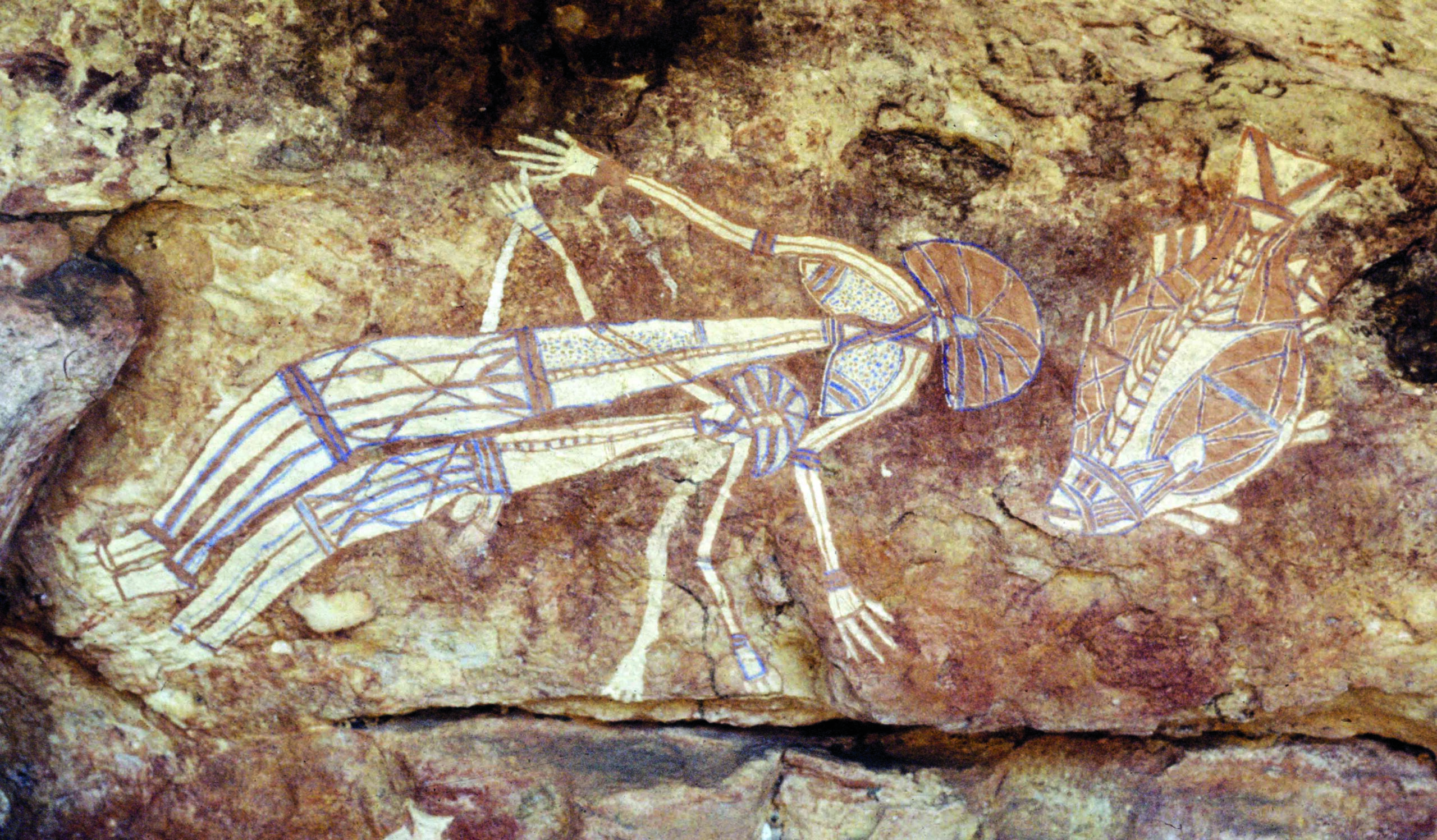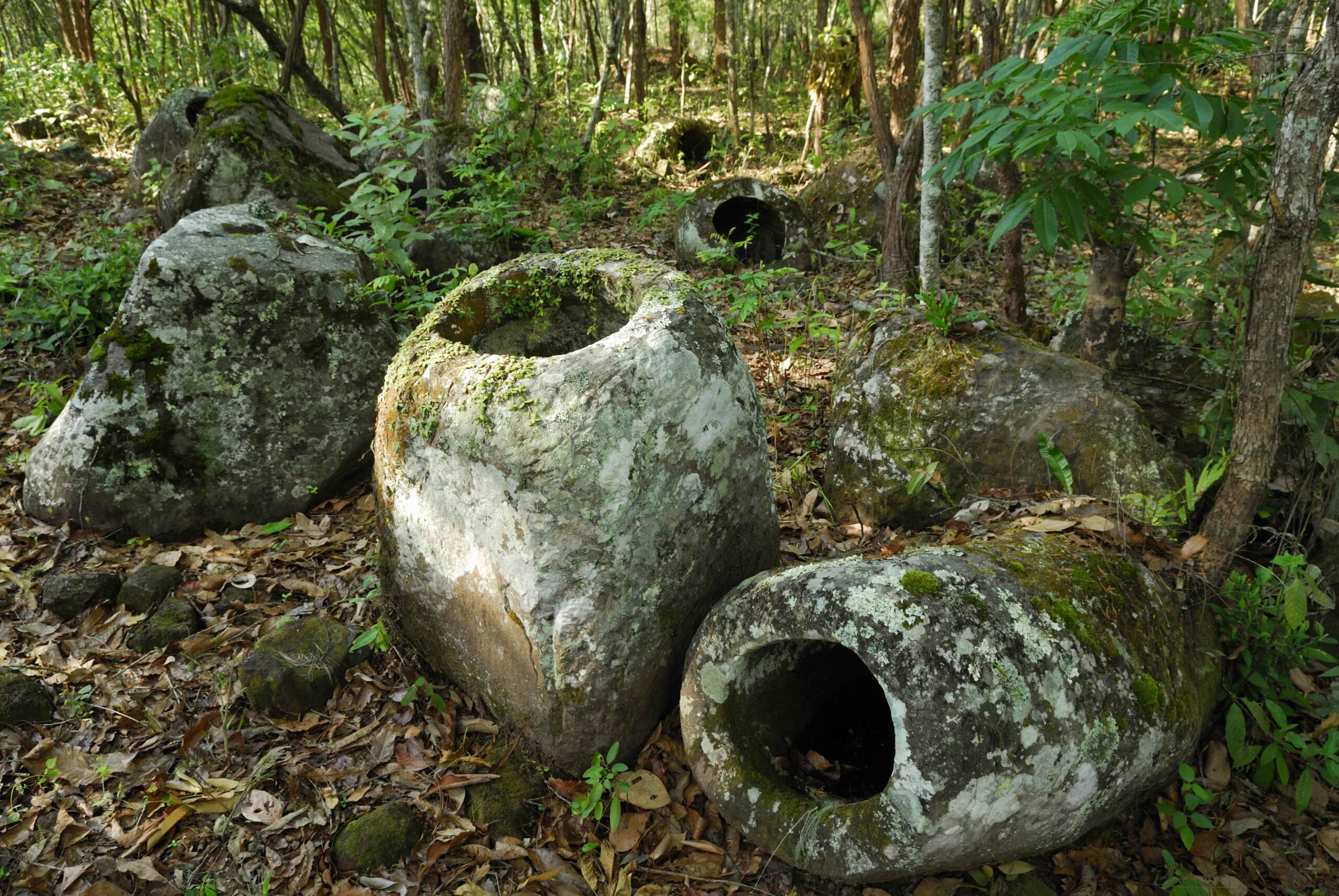
ADELAIDE, AUSTRALIA—According to a BBC News report, the first phase of the Aboriginal Heritage Project is a genetic study conducted by a team led by Alan Cooper of the University of Adelaide. The study analyzed mitochondrial DNA obtained from 111 hair samples collected from Aboriginal people in the early twentieth century by anthropologists Norman Tindale of the University of Adelaide and Joseph Birdsell of Harvard University. Its results suggest that after a founding population from New Guinea arrived some 50,000 years ago, the first Australians traveled east and west around the coast and met in South Australia. “The amazing bit is that they don’t seem to move again once they’ve done that,” Cooper said, explaining that Aboriginal Australians appear to have stayed for a long period in distinct geographical regions, except for small movements into the interior of the desert. Cooper also noted that such an enduring connection to the land is unknown anywhere else in the world. The hair samples, and cultural, linguistic, and genealogical information collected by Tindale and Birdsell are held at the South Australian Museum. For more on archaeology of Australia, go to “Death by Boomerang.”









